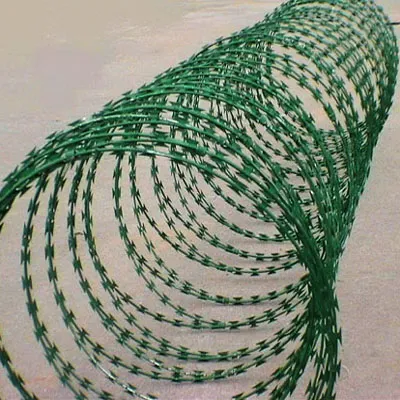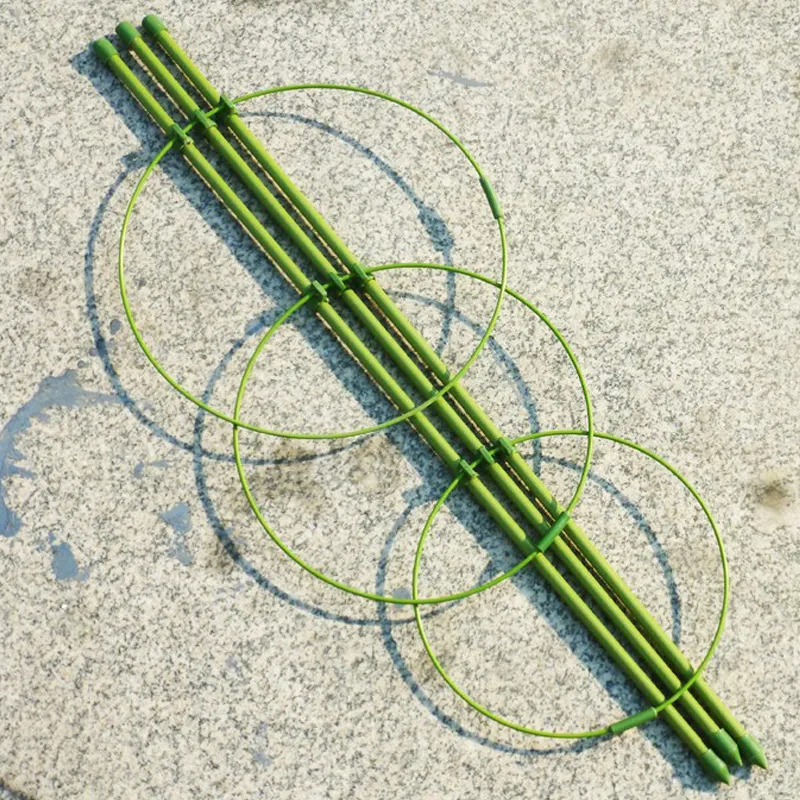

Blue concrete screws are ubiquitous in tasks requiring more robust solutions. While technically screws rather than nails, their inclusion in consideration is crucial due to their high holding power. These fasteners are ideal for heavier wall mounts or brackets. Installation is straightforward drill a pilot hole and drive in the screw, allowing it to tightly grip the concrete. For affixing more extensive installations, such as shelving units or framework, you might consider nail anchors. These are used with accompanying wall plugs to further enhance their load-bearing capacity and prevent withdrawal or vibration from destabilizing the fixings. Installation technique is equally essential. Regardless of the type of nail or screw, bad practices can lead to wall damage or insecure mountings. Always pre-drill pilot holes to mitigate the risk of concrete cracking. When driving nails or screws in, ensure even and controlled force to avoid misalignment or undue stress on the wall material. Longevity and rust-resistance are important factors as well. Selecting nails with a corrosion-resistant coating is wise, particularly in environments with high humidity. Galvanized or stainless-steel options offer durable and lasting solutions ideal for maintaining the integrity of not just the fastener, but also the wall over time. In conclusion, nails designed for cement walls are crucial tools in construction, renovation, and home improvement projects. Their choice should be informed by the nature and demands of the installation. Through understanding the specific properties of masonry nails, carefully selecting materials aligned with needs, and employing precise installation techniques, one can achieve reliable, effective, and aesthetically pleasing results. Reliable guidance from hardware professionals or consulting authoritative resources further bolsters decision-making, ensuring that your fastening solutions stand the test of time.

















